
Infrared Spectroscopy for Complex Mixtures:Applications in Food and Traditional Chinese Medicine
¥ 168 九五品
仅1件
作者孙素琴 著
出版社化学工业出版社
出版时间2011-10
版次1
装帧精装
货号k3
上书时间2024-11-02
- 在售商品 暂无
- 平均发货时间 6小时
- 好评率 暂无
- 最新上架
商品详情
- 品相描述:九五品
图书标准信息
- 作者 孙素琴 著
- 出版社 化学工业出版社
- 出版时间 2011-10
- 版次 1
- ISBN 9787122115072
- 定价 168.00元
- 装帧 精装
- 开本 16开
- 纸张 胶版纸
- 页数 235页
- 字数 321千字
- 正文语种 英语
- 【内容简介】
- Itisgenerallynotsafetodrawaconclusionfromincompletedata,whichisrightforanalyticalchemistry.Moreinformationconcerningunknownsamplesisavailable,moreaccurateassessmentscanbeacquired.Forcomplexmixtures,suchaspharmaceuticals,foodstuff,materials,biologicalsamplesandsoforth,whichthedailyanalyticalchemistrycopeswith,itusuallyrequiresdemandinganalyticalmethodsandcostsalargenumberoflabor,timeandmoneytoobtainedcompleteinformationconcerningeverycomponent.Ontheotherhand,mixturesamplesmaybeincorrectlydeterminedifonlyinformationconcerningseveralcomponentsisprovidedbysimpleanalyticalproceduresandtheothercomponentsarenottakenintoaccount.Isthereacompromisebetweenlaboriousmethodsrequiredforcompleteinformationandeasymethodsleadingtoinaccurateconclusionsinmixtureanalysis?
- 【目录】
-
Chapter1IntroductiontoInfraredSpectroscopy
1.1Introduction
1.2PrincipleofInfraredSpectra
1.2.1GenerationofMelecularSpectra
1.2.2DiatomicMolecules
1.2.3PolyatomicMolecules
1.3InfraredSpectrometers
1.3.1DispersiveandFTIRspectrometers
1.3.2InfraredSourcesandDetectors
1.4MeasurementofInfraredSpectra-Sampling
1.4.1TransmissionMethods
1.4.2SamplingAccessories
1.4.3HyphenatedTechniques
1.5ProcessingofInfraredSpectra
1.5.1UnitConversion
1.5.2BaselineCorrection
1.5.3Smoothing
1.5.4OtherManipulations
1.6InterpretationofInfraredSpectra
1.6.1VibrationalModes
1.6.2GroupFrequencies
1.6.3InterpretationPrinciples
1.7Summary
References
Chapter2InfraredSpectroscopyofComplexMixtures
2.1Introduction
2.2SchemesforMixtureAnalysis
2.2.1GeneralGuidelines
2.2.2MixtureAnalysisandSeparation
2.2.3MixtureAnalysisthroughSeparationandCombination
2.3PrincipleofInfraredSpectraAnalysisofMixtures
2.3.1InfraredSpectralMacro-fingerprints
2.3.2DifficultiesinMixtureAnalysisbyIR
2.3.3MethodsforMixtureAnalysisbyIR
2.4AnalysisofMixturesbyIR
2.4.1AnalysisofFood
2.4.2AnalysisofTraditionalChineseMedicine
2.5AdvantagesofInfraredSpectroscopy
2.6Summary
References
Chapter3Tri-StepIdentification
3.1Introduction
3.2ThePrimaryIdentification
3.2.1QualityofInfraredSpectrometers
3.2.2SelectionofSamplingTechniques
3.2.3EvaluationofMeasuredSpectra
3.3TheSecondaryIdentification
3.3.1PrincipleofDerivativeSpectroscopy
3.3.2PropertiesofDerivativeSpectroscopy
3.3.3SecondDerivativeInfraredSpectraofMixtures
3.4TheTertiaryIdentification
3.4.1TheoryofTwo-dimensionalCorrelationSpectroscopy
3.4.2PropertiesofTwo-dimensionalCorrelationSpectra
3.4.3Two-dimensionalCorrelationSpectraofMixture
3.5Summary
References
Chapter4Macro-Interpretation
4.1Introduction
4.2InterpretationofMajorComponents
4.3InterpretationofSpecificComponents
4.3.1SugarsinMilkPowders
4.3.2InorganicCompoundsinTCM
4.3.3ActiveCompoundsinTCM
4.4InterpretationofRelativeContents
4.5Summary
References
Chapter5IntelligentAnalysis
5.1Introduction
5.2SpectralSearch
5.3ObjectiveRecognition
5.3.1QuantitativeSimilarity
5.3.2UnsupervisedMethods
5.3.3SupervisedMethods
5.4QuantitativeAnalysis
5.4.1Introduction
5.4.2UnivariateLinearRegression
5.4.3MultivariateLinearRegression
5.4.4EvaluationandOptimizedoftheModel
5.5Summary
References
Chapter6IdentificationofTCMRawMaterials
6.1Introduction
6.2GenuineandCounterfeitTCMMaterials
6.2.1GlycyrrhizaeRadixetRhizoma
6.2.2SaposhnikoviaeRadix
6.2.3CodonopsisRadix
6.2.4CorniFructus
6.3WildandCultivatedTCMMaterials
6.3.1GinsengRadixetRhizoma
6.3.2SalviaeMiltiorrhizaeRadixetRhizoma
6.4TCMMaterialsfromDifferentAreas
6.4.1DioscoreaeRhizoma
6.4.2SalviaeMiltiorrhizaeRadixetRhizoma
6.4.3AngelicaeDahuricaeRadix
6.4.4PaeoniaeRadixRubra
6.5Summary
References
Chapter7AnalysisofProcessedTCM
7.1Introduction
7.2InvestigationofProcessingMechanisms
7.2.1RehmanniaeRadix
7.2.2SophoraeFlos
7.2.3SinapisSemen
7.3MonitoringofDegreesofProcessing
7.3.1SophoraeFlos
7.3.2ChrysanthemiFlos
7.3.3ViticisFructus
7.4DiscriminationofProcessingMethods
7.4.1RehmanniaeRadix
7.4.2RheiRadixetRhizoma
7.4.3CoptidisRhizoma
7.5Summary
References
Chapter8QualitativeandQuantitativeAnalysisofTCMPreparations
8.1Introduction
8.2TCMExtracts
8.2.1AngelicaeSinensisRadixExtract
8.2.2PaeoniaeRadixAlbaExtract
8.3TCMLiniments
8.3.1ErTianOil
8.3.2RedFlowerOil
8.4TCMFormulaGranules
8.4.1CarbohydrateExcipients
8.4.2SalviaeMiltiorrhizaeRadixetRhizomaGranule
8.4.3ProductStabilityMonitoring
8.5TCMInjections
8.5.1QingKaiLingInjection
8.5.2AstragaliRadixInjection
8.5.3ShuangHuangLianPowderInjection
8.6Summary
References
AppendixInfraredAbsorptionFrequenciesforCommonCompounds
ⅰ.Alkanes
ⅱ.Alkenes
ⅲ.Alkynes
ⅳ.AromaticRings
ⅴ.AlcoholsandPhenols
ⅵ.CarbonylCompounds
ⅶ.Amines
ⅷ.OrganiccompoundscontainingX,Si,B,SandP
ⅸ.InorganicIons
相关推荐
-
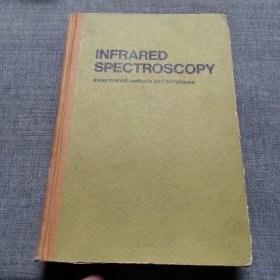
INFRARED SPECTROSCOPY
八品衡水
¥ 12.00
-

APPLIED INFRARED SPECTROSCOPY
八五品北京
¥ 30.00
-
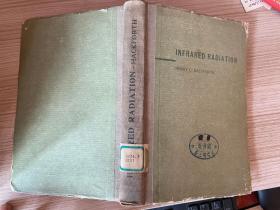
Infrared radiation 红外辐射
七五品孝感
¥ 21.25
-

SADTLER STANDARD INFRARED GRATINGSPECTRA
八品沈阳
¥ 40.00
-

INFRARED RADIATION 红外辐射
八五品上海
¥ 25.00
-

Infrared radiation 红外辐射
八品昆明
¥ 20.00
-

infrared radiation 精 6407
八五品北京
¥ 64.00
-

modern infrared technology 6416
八五品北京
¥ 11.00
-

infrared radiation 精 6407
八五品北京
¥ 46.00
-

INORGANTC INFRARED AND RAMAN SPECTRA
九品北京
¥ 500.00
— 没有更多了 —








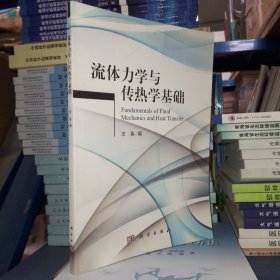

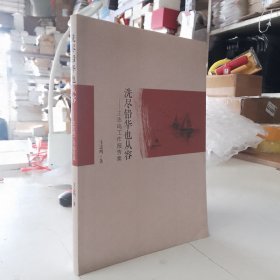
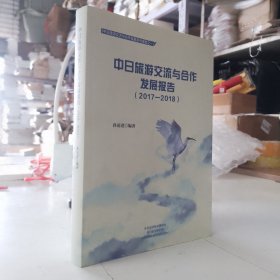
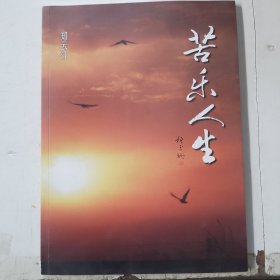




以下为对购买帮助不大的评价